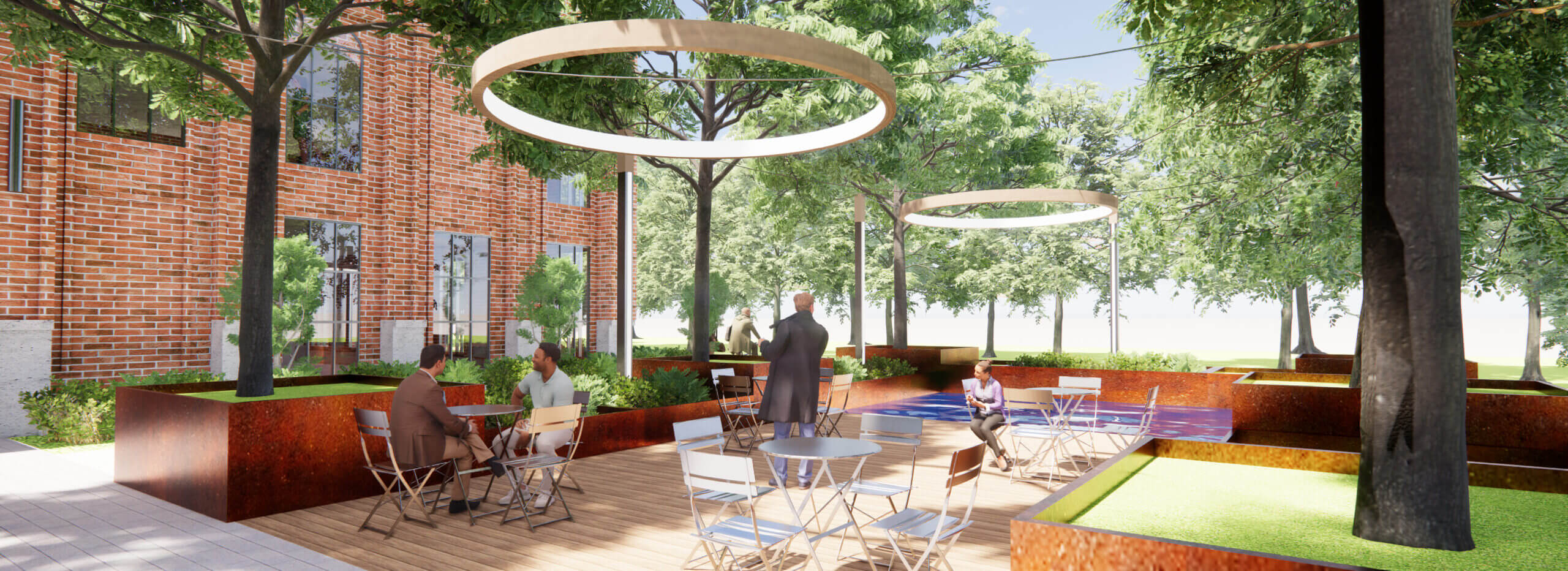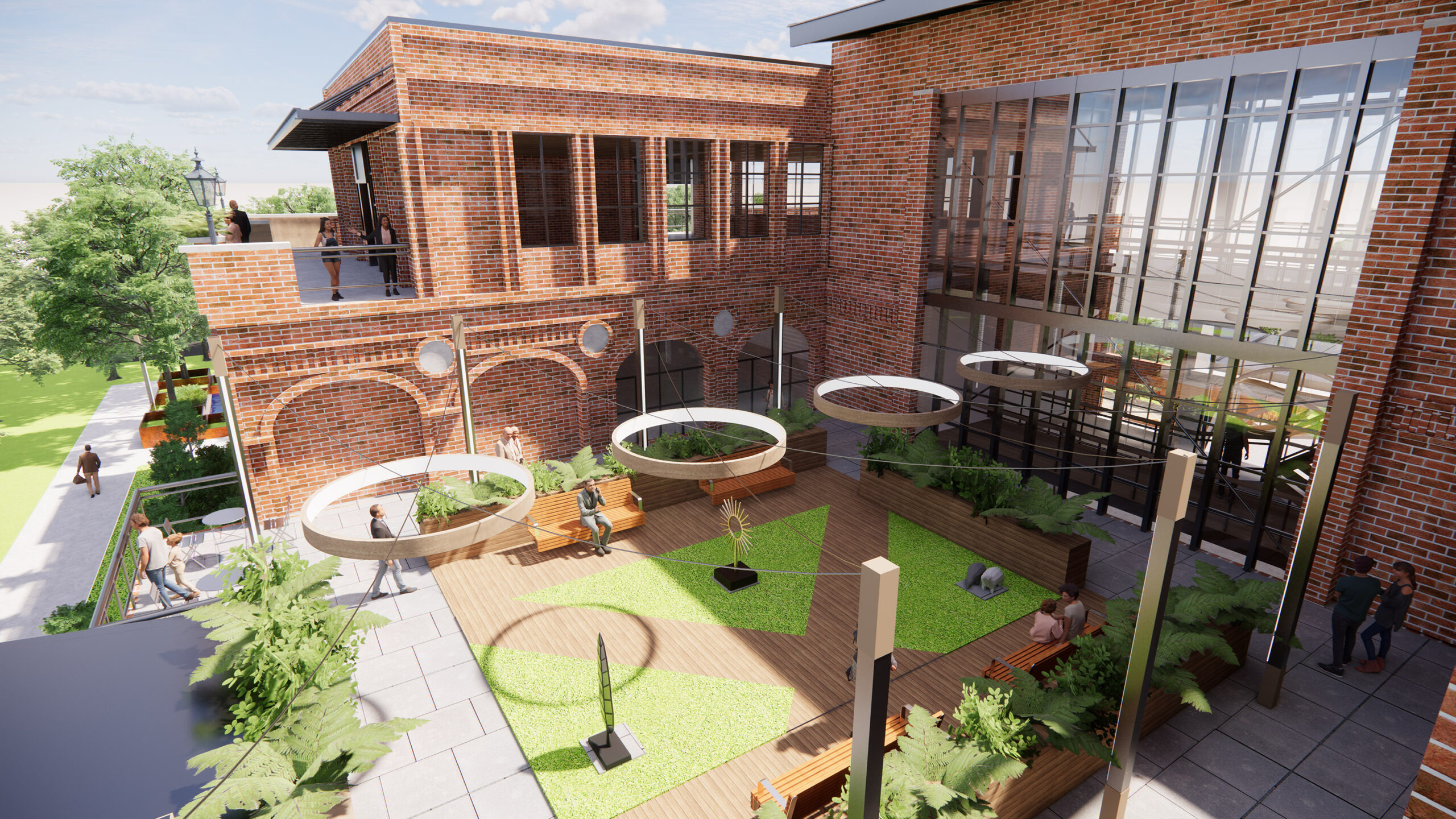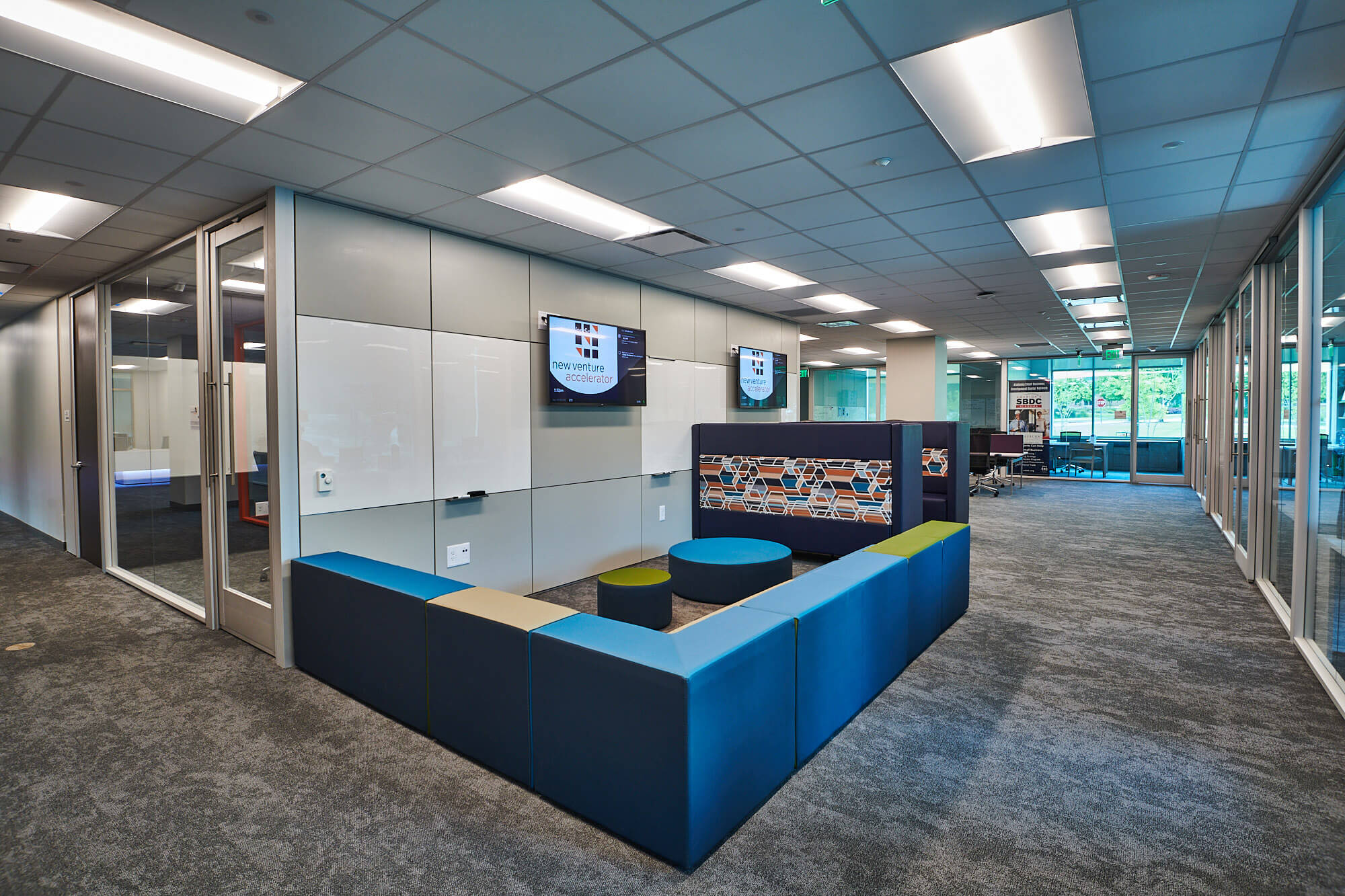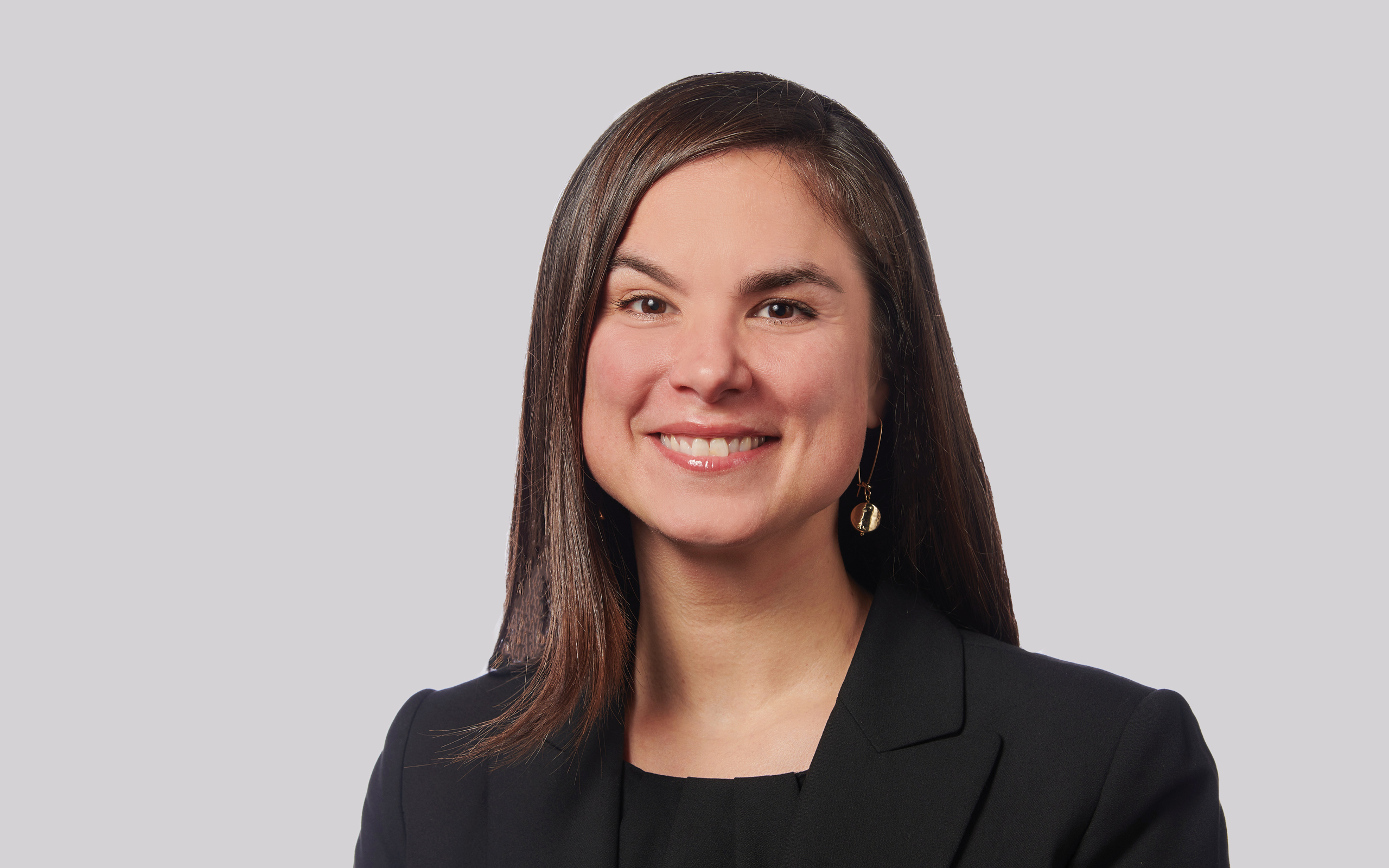
By Amy Bell, AIA, NCARB
One thing COVID-19 has taught us is that human interaction is important. When there are factors limiting the amount of interactions, conversations and activities, someone needs to decide how to fulfill these needs. As designers, architects are constantly striving to improve the quality of life of those who come in contact with their work. This is especially true in public architecture where the majority of people can be inspired, rejuvenated and overall fulfilled. So how does one design public spaces after the COVID-19 pandemic?
Outdoor Spaces
Outdoor spaces in conjunction with facilities have never been more important. Providing places where people can come together safely is essential. Today, we are designing more spaces with outdoor components than ever. Imagine creating “living rooms” throughout a cityscape, park or neighborhood block. People are finding ways to come together through park benches, strategic play on a playground, dog parks, outdoor lawns for concerts or pavilions where the great American cookout can occur.

Flexible Spaces & Furnishings
Public spaces must be flexible. Finding ways to spread out and utilize space in multiple ways not only helps the bottom line, but it gives a gentle nod to the way society learned how to inhabit spaces during the pandemic. Choice of where we gathered or worked became social and professional experiments. Our society discovered new ways of doing things and found some successes in mobility and flexibility.
Technology
Another component to new, fun and exciting public spaces is the integration of technology. Our society gained a wealth of knowledge through the pandemic. Baby Boomers all the way down to Millennials and Gen-Z found themselves self-utilizing technology in new ways not yet embraced or thought of perhaps. We found through the use of technology, anyone could be essentially anywhere at any time. City council meetings were broadcasted virtually, and one-on-one communication was enhanced through the use of video meetings. Enhanced technology used to be a “wish list” line item considered on a budget that wasn’t always achieved. It has now become a front runner as a need when designing public spaces.

Increased air quality
Merv and Hepa filters used to be discussed in relation to energy efficiency. While the conversation still has pre-pandemic similarities, health of occupants and the filtration process have become just as important, post-pandemic.
All of these aspects are impacting the way we design in a post-COVID-19 environment. With these considerations in mind, leaders should ask the following questions before designing public spaces to maximize their use and provide the best possible spaces for the people they serve.
• Who are we designing for?
• What is the mission?
• What is my maintenance plan?
• How do we get the message out?

Amy Bell, AIA, NCARB, serves as GMC’s Vice President of Architecture in Georgia. She has contributed numerous award-winning designs to GMC’s education design portfolio, in addition to managing complex commercial and municipal projects throughout the Southeast. Click here to reach out to her to learn more about designing public spaces post-COVID-19.